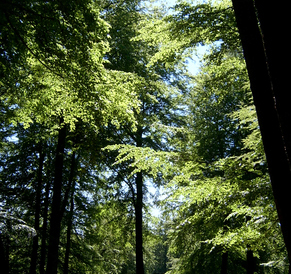City Trees vs. Forest Trees
City Trees vs. Forest Trees
There’s a lot of talk about how city life is different to the country life. That’s not just the case for people, but for the wildlife and plants too. City trees and forest trees are actually very different and that’s something noted in studies. Just recently, a study has found that trees since the 1960s have seen major differences depending on where they grow.
Cities Around the World Affected
Trees in cities tend to live in warmer temperatures. There’s more infrastructure and people to keep temperatures slightly elevated. Think of them like insulation. The carbon levels are also higher due to industrial works, cars, and other forms of pollution. This means the trees in the city are affected by these elements, but surprisingly not as negatively as you would think. This is something noted in multiple cities around the world; and not just major cities. While Berlin, Paris, and Houston were all on the list, so were smaller metropolitan cities like Sappora in Japan and Price George in Canada.
Surprisingly, the results showed that the city trees were able to grow better than those in the forests. They were taller, brighter, and wider. This may be due to the amount of carbon in the air. Trees need to take in the carbon, so the pollution could actually be slightly beneficial. However, forest trees do still benefit in one way: lifespan. The lack of pollution and heat means that forest trees don’t age as rapidly, so they live for longer. The only places where this isn’t the case is in warmer climates, like in Berlin and Paris (and also Colorado), where city trees grow slower than those in cooler climates.
The size is also an illusion. While the forest trees don’t grow as tall as the city trees, within 100 years they’re only 18% smaller than their city cousins. Studies have actually shown that the forest trees grow slower (hence the longer lifespan).



Comments are closed.